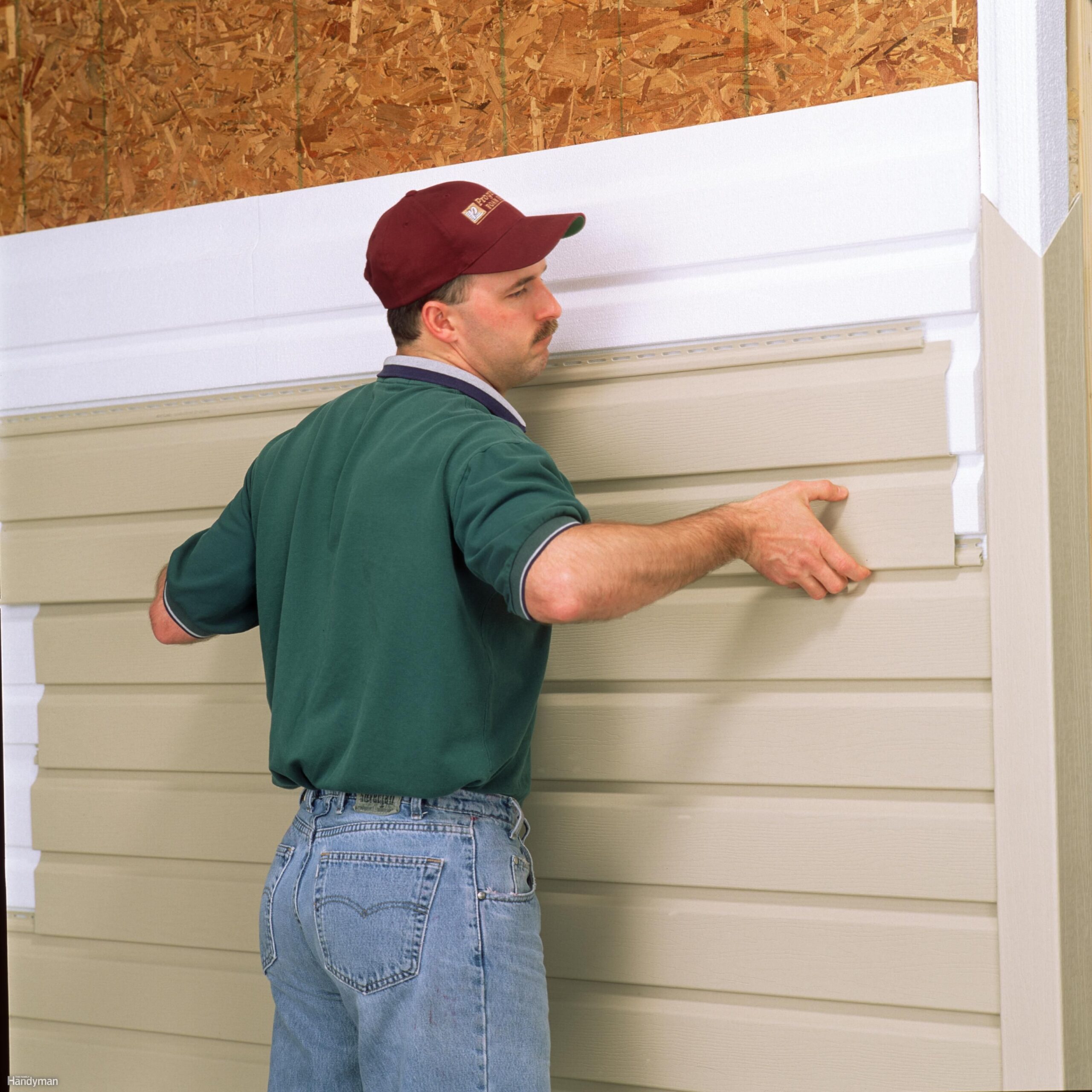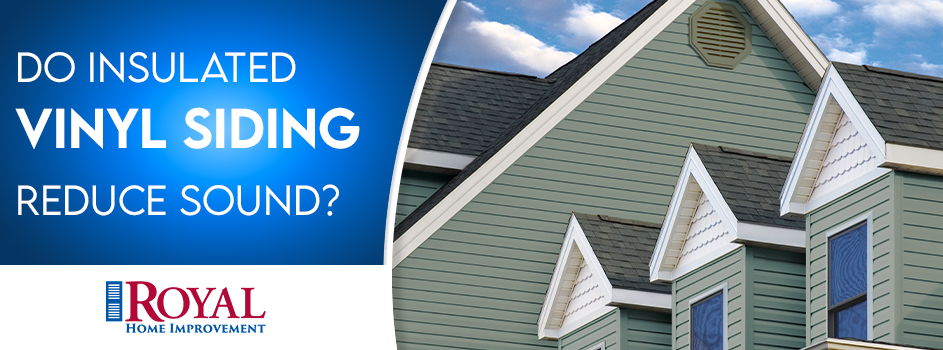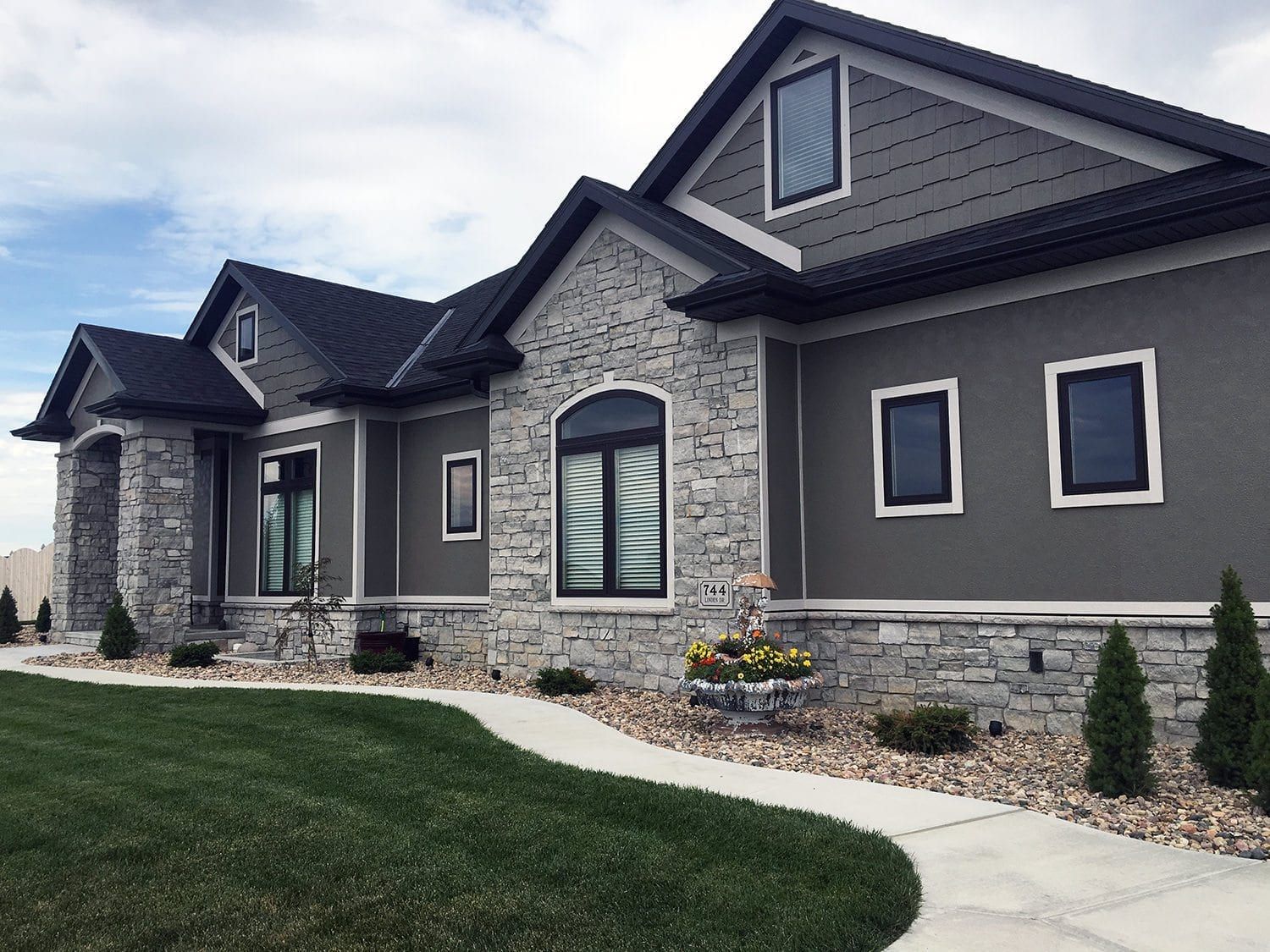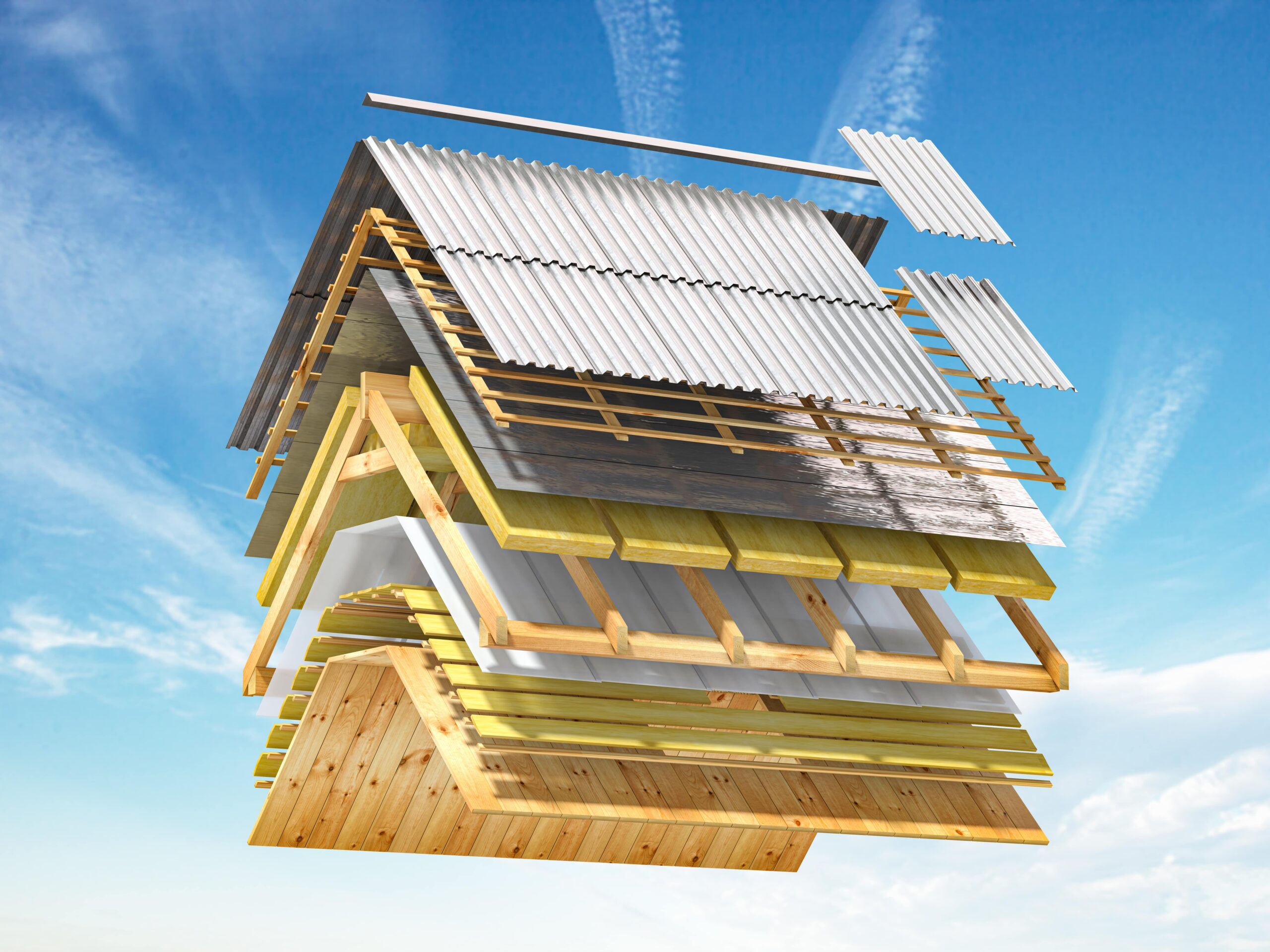Best siding for cold climates: A homeowners guide
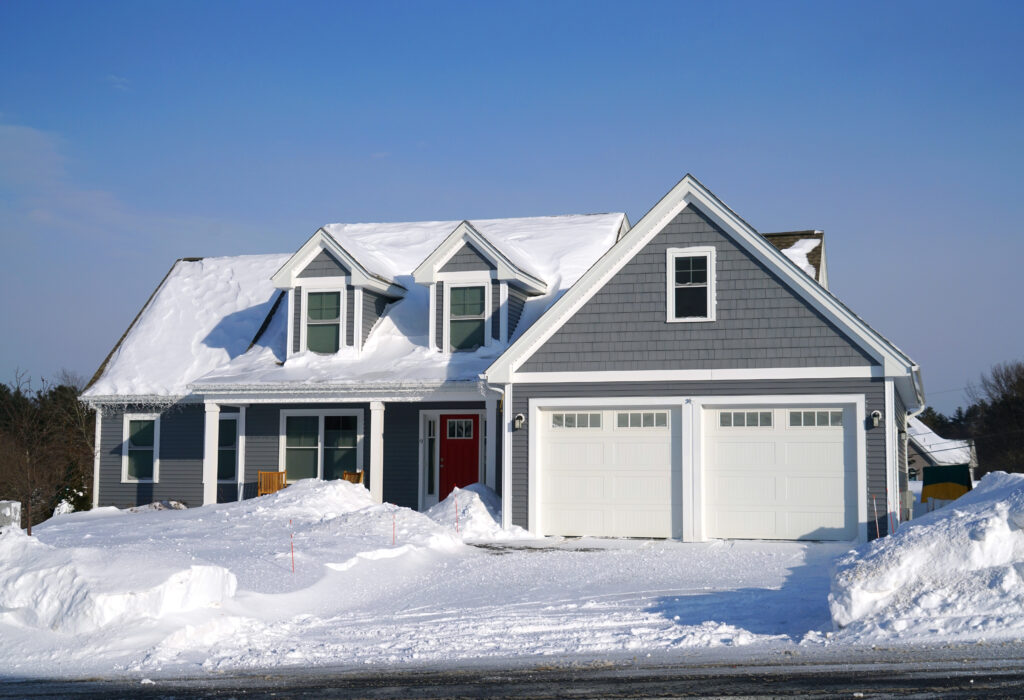
Best siding for cold climates is crucial for protecting your home from the harsh elements. Choosing the right siding isn’t just about aesthetics; it’s about safeguarding your investment and ensuring comfort. This guide explores various siding options, their properties, and how they stand up to freezing temperatures, ice, and snow. We’ll delve into durability, maintenance, cost, and environmental impact, helping you make an informed decision for your home.
Factors like insulation, moisture resistance, and long-term maintenance needs will be carefully considered. We’ll examine materials such as vinyl, fiber cement, wood, and metal, weighing their pros and cons in cold weather conditions. By the end, you’ll have a clearer understanding of which siding best suits your needs and budget.
Introduction to Siding for Cold Climates
Choosing the right siding for your home in a cold climate is crucial for both comfort and the longevity of your house. The wrong siding can lead to significant problems, impacting energy efficiency, structural integrity, and even your wallet. Protecting your home from the harsh realities of freezing temperatures, snow, ice, and wind requires careful consideration of material properties and installation techniques.
The key factors to consider when selecting siding for cold weather conditions include the material’s insulation properties, its resistance to moisture and ice damage, and its durability against extreme temperature fluctuations. You’ll also want to think about the siding’s ease of maintenance and its aesthetic appeal, as these aspects contribute to the overall value and enjoyment of your home.
Consequences of Using Unsuitable Siding Materials
Using unsuitable siding in freezing temperatures can result in several serious problems. For example, siding materials that absorb moisture can become waterlogged, leading to ice damage and the growth of mold and mildew. This trapped moisture can then freeze and expand, causing cracks and structural damage to the underlying walls. Furthermore, inadequate insulation provided by the siding can lead to significant heat loss, resulting in higher energy bills and discomfort inside the home. In extreme cases, severe water damage can compromise the structural integrity of the walls, requiring costly repairs. Imagine the frustration of dealing with water stains, mold growth, and expensive repairs, all because of a poor siding choice. The financial burden of replacing damaged siding and repairing water damage can easily run into thousands of dollars. Choosing the right siding from the start is a far more cost-effective approach in the long run.
Material Properties
Choosing the right siding for a cold climate involves careful consideration of its durability and insulation capabilities. The harsh conditions—extreme cold, ice, snow, and potentially strong winds—demand materials that can withstand these challenges and keep your home warm and energy-efficient. The performance of your siding directly impacts your comfort and energy bills.
Different siding materials offer varying degrees of insulation and durability. Understanding these differences is crucial for making an informed decision. Factors such as thermal resistance (R-value), resistance to moisture damage, and longevity under freezing temperatures all play significant roles.
Insulating Properties of Siding Materials
The insulating properties of siding materials are primarily determined by their thermal conductivity. Materials with low thermal conductivity offer better insulation, meaning they resist the transfer of heat from inside your home to the outside environment. Let’s compare a few common options:
| Siding Material | Insulation (R-value) | Durability | Cost (Relative) |
|---|---|---|---|
| Vinyl | Low (R-value varies greatly depending on thickness and composition, generally 0.01-0.06 per inch) | Moderate to High (depending on quality and UV resistance) | Low |
| Fiber Cement | Moderate (Slightly better than vinyl, often needing additional insulation) | High (resistant to rot, insects, and fire) | Medium to High |
| Wood | Moderate (depending on the type of wood and thickness) | Moderate (susceptible to rot, insects, and moisture damage if not properly treated) | Medium to High |
| Metal (Aluminum or Steel) | Low (though some metal sidings incorporate insulation) | High (resistant to rot and insects, but can dent) | Medium to High |
Note: R-values provided are general estimations and can vary significantly depending on specific product characteristics and installation methods. Always consult the manufacturer’s specifications for accurate data.
Siding Materials Resistant to Extreme Cold and Ice
Fiber cement siding, due to its composition and strength, generally performs well in extremely cold climates. Its resistance to moisture and temperature fluctuations makes it a durable choice. Properly treated wood siding can also be suitable, though it requires regular maintenance to prevent moisture damage. Metal siding, particularly steel, offers excellent durability and resistance to ice and snow accumulation. However, it’s important to consider potential issues like thermal expansion and contraction in very cold temperatures.
Moisture Resistance and Prevention of Damage
In cold climates, siding faces a relentless battle against moisture. Freezing and thawing cycles create significant challenges, leading to damage if not properly addressed. The right siding choice, combined with expert installation, is crucial for long-lasting protection and a comfortable home.
The constant cycle of freezing and thawing water can cause significant damage to siding. Water seeps into cracks and crevices, expands as it freezes, and then contracts as it thaws. This repeated expansion and contraction weakens the siding material, leading to cracking, warping, and eventual failure. Ice buildup can also put immense pressure on the siding, further exacerbating the problem. Furthermore, trapped moisture can promote the growth of mold and mildew, impacting both the structural integrity and the aesthetic appeal of your home.
Siding Materials Resistant to Moisture
Several siding materials exhibit superior resistance to moisture absorption and the damaging effects of freezing temperatures. Vinyl siding, for example, is known for its low moisture absorption rate. It doesn’t absorb water, preventing the expansion and contraction cycles that cause damage. Fiber cement siding also offers excellent moisture resistance, although it requires careful sealing during installation to prevent water penetration. Engineered wood siding, treated with water-repellent chemicals, provides a balance between aesthetics and durability in cold climates. Properly installed and maintained, these materials can withstand the harsh conditions for many years.
Proper Installation Techniques for Moisture Prevention
Proper installation is paramount in preventing moisture penetration. This begins with a thorough preparation of the underlying structure, ensuring it is dry and free of any rot or damage. The use of flashing, a thin, waterproof membrane, around windows and doors is essential to divert water away from these vulnerable points. Careful attention to sealing all joints and seams is also critical. Using high-quality caulking and sealants designed for exterior use helps create a continuous barrier against moisture intrusion. Finally, proper ventilation behind the siding is crucial to allow for air circulation and the dissipation of any trapped moisture. Without adequate ventilation, moisture can become trapped, leading to mold growth and structural damage.
Maintenance and Longevity of Siding Materials
Protecting your home’s siding in a cold climate requires understanding the unique challenges posed by freezing temperatures, ice, and snow. Proper maintenance significantly extends the lifespan of any siding material, saving you money and ensuring your home remains comfortable and attractive for years to come. Different siding types demand varying levels of care, and neglecting maintenance can lead to costly repairs down the line.
The longevity of siding in cold climates is directly impacted by the material’s inherent properties and the level of care it receives. Materials like vinyl and fiber cement generally require less maintenance than wood, which is more susceptible to moisture damage and insect infestation in colder, wetter environments. However, even low-maintenance materials benefit from regular inspections and preventative measures.
Preventative Maintenance for Extended Siding Lifespan
Regular inspection is key to early detection of problems. A yearly spring inspection allows you to address minor issues before they escalate into major repairs. This includes checking for cracks, loose or damaged panels, signs of water damage, and any evidence of insect activity. Cleaning the siding with a gentle pressure washer (avoiding high pressure that can damage the material) and removing debris such as leaves and ice build-up helps prevent damage and maintains the siding’s appearance. Applying a sealant to wood siding or caulking around windows and doors will further protect against moisture penetration. In areas prone to heavy ice accumulation, consider installing ice and water shields under the siding to prevent water damage.
Addressing Common Cold-Climate Siding Issues
Ice damage, a prevalent problem in cold climates, can cause significant damage to siding. The expansion and contraction of ice can crack and break siding materials, particularly wood and less durable vinyl. Regularly removing ice build-up, including icicles, is crucial to prevent this damage. Cracking, another common issue, can be caused by temperature fluctuations, impact damage, or underlying structural issues. Addressing cracks promptly with appropriate patching or repair materials is vital to prevent further damage and moisture penetration. For example, small cracks in vinyl siding can be repaired with caulk matched to the siding color. Larger cracks or damage might require replacing the affected panels. Wood siding cracking often requires more extensive repairs or replacement depending on the severity. Moisture intrusion is a significant concern in cold climates, leading to rot and mold growth. Addressing this problem requires prompt identification and repair of any leaks or damaged areas, ensuring proper ventilation and possibly replacing damaged sections.
Aesthetic Considerations and Design Choices
Choosing siding for a cold climate home involves more than just functionality; aesthetics play a crucial role in creating a welcoming and visually appealing home. The right siding can enhance your home’s curb appeal and complement its architectural style, adding value and personality. The interplay of material, color, and texture significantly impacts the overall impression.
The aesthetic appeal of various siding materials varies greatly. For instance, the clean lines and modern look of fiber cement siding can beautifully complement contemporary homes, while the rustic charm of wood siding is perfect for traditional or farmhouse styles. Vinyl siding offers a wide range of colors and textures, making it adaptable to various architectural designs. However, it’s important to note that the visual impact of each material is also affected by its installation and the overall design of the house. A poorly installed siding, regardless of the material, will detract from the home’s appearance.
Siding Material and Architectural Style Compatibility
Different siding materials lend themselves to different architectural styles. A sleek, modern home might look stunning with dark gray fiber cement panels, creating a clean and sophisticated appearance. In contrast, a Victorian-style home might benefit from the intricate detailing achievable with wood clapboard, enhancing its historical character. A ranch-style home could effectively use vinyl siding in a warm earth tone, emphasizing its horizontal lines and creating a cozy, inviting feel. Careful consideration of the home’s architectural style ensures the siding choice complements, rather than clashes with, its existing features.
Examples of Visually Appealing Siding Designs
Imagine a charming chalet-style home nestled in a snowy landscape. The dark brown wood siding, accented with lighter wood trim around the windows and eaves, creates a warm and inviting contrast against the white backdrop. The texture of the wood adds visual interest, and the color choice evokes a sense of natural warmth and rustic elegance. Alternatively, picture a contemporary home with smooth, gray fiber cement siding. The clean lines and minimalist aesthetic are further enhanced by large, strategically placed windows, allowing ample natural light to flood the interior. This design emphasizes simplicity and sophistication, reflecting a modern and refined taste.
Factors to Consider When Choosing Siding Color and Texture
Before selecting siding color and texture, several factors should be carefully weighed.
- Climate Conditions: Darker colors absorb more heat, potentially increasing energy costs in warmer months, while lighter colors reflect sunlight, helping keep the home cooler. In cold climates, the impact of heat absorption is less significant, but still a consideration.
- Home’s Architectural Style: The siding’s color and texture should complement the home’s overall design. A traditional home might look best with classic colors and textures, while a modern home might benefit from bolder choices.
- Surrounding Environment: The home’s surroundings, including landscaping and neighboring homes, should be considered when choosing siding colors. The goal is to create a harmonious and visually appealing overall effect.
- Personal Preference: Ultimately, the siding’s color and texture should reflect the homeowner’s personal taste and preferences.
- Maintenance Requirements: Some colors and textures require more maintenance than others. Lighter colors may show dirt less readily, while textured surfaces can hide imperfections more effectively.
Cost-Effectiveness and Budget Considerations
Choosing the right siding for a cold climate involves careful consideration of not only its performance but also its cost. While initial investment varies greatly between materials, understanding the long-term cost-effectiveness is crucial for making a sound financial decision. This section explores the factors influencing the overall cost of siding installation and provides guidance on creating a realistic budget.
The initial cost of siding materials differs significantly. Vinyl siding, for instance, is generally the most affordable upfront, while fiber cement and cedar wood siding command higher prices. However, the long-term cost-effectiveness depends on factors such as maintenance needs, lifespan, and energy efficiency. For example, while vinyl may have a lower initial cost, it might require replacement sooner than more durable options like fiber cement, negating the initial savings over time. Similarly, energy-efficient siding materials, though initially more expensive, can offset costs through reduced heating bills over the lifespan of the siding.
Initial Costs of Various Siding Materials
A realistic comparison requires considering various factors. Let’s assume a 1500 square foot home. Vinyl siding might cost between $5,000 and $10,000 for materials, while fiber cement could range from $12,000 to $25,000, and cedar wood siding could cost even more, potentially exceeding $25,000. These figures are estimates and will vary based on the quality of the materials, the complexity of the installation, and regional pricing. It’s crucial to obtain multiple quotes from reputable contractors to get accurate pricing for your specific project.
Factors Influencing Overall Siding Costs
Several factors contribute to the overall cost beyond material pricing. Labor costs represent a substantial portion of the total expense. The complexity of the installation, such as the presence of multiple angles or intricate architectural details, will influence labor hours and thus the overall cost. Additionally, the need for repairs or replacements during the siding’s lifespan will affect long-term costs. For instance, wood siding typically requires more frequent maintenance and repainting than vinyl or fiber cement, leading to higher ongoing expenses. Finally, regional variations in labor rates and material availability will also affect the final price. For example, a project in a remote area might have higher transportation costs for materials, increasing the overall expense.
Creating a Realistic Siding Budget
Creating a realistic budget requires careful planning and involves several steps. First, accurately measure the area requiring siding. Next, obtain multiple detailed quotes from reputable contractors, specifying the type of siding and any additional work needed, such as removal of old siding or repairs to underlying sheathing. These quotes should clearly separate material costs from labor costs. Include a contingency of 10-15% to account for unforeseen expenses. Finally, factor in the long-term costs of maintenance, including regular cleaning, painting (for wood siding), and potential repairs. For example, a budget for a 1500 square foot home might look like this: Materials: $10,000 (Vinyl), Labor: $8,000, Contingency: $1,800, Total: $19,800. This is a simplified example; the actual costs will vary based on the factors discussed earlier. Remember to secure financing if necessary and to compare financing options to minimize interest costs.
Environmental Impact and Sustainability
Choosing siding for a cold climate shouldn’t just consider durability and aesthetics; the environmental impact of the materials is equally crucial. The manufacturing process, transportation, and eventual disposal all contribute to a material’s overall footprint. Sustainable choices minimize this impact, offering a responsible approach to home improvement.
The environmental impact of siding materials varies significantly. Some materials require intensive energy consumption during manufacturing, while others have higher embodied carbon due to their composition. End-of-life disposal also presents challenges; some materials are easily recycled, while others end up in landfills, contributing to waste and pollution.
Lifecycle Assessment of Vinyl and Fiber Cement Siding
A lifecycle assessment (LCA) evaluates the environmental impacts of a product throughout its entire life, from raw material extraction to end-of-life disposal. Comparing vinyl and fiber cement siding highlights the differences in their environmental profiles.
Vinyl siding, typically made from polyvinyl chloride (PVC), requires significant energy during its manufacturing process. PVC production relies heavily on fossil fuels, resulting in greenhouse gas emissions. Additionally, vinyl is not readily biodegradable and often ends up in landfills, contributing to long-term environmental pollution. The transportation of vinyl siding, often manufactured far from its point of use, adds to its carbon footprint. While some vinyl siding can be recycled, the process is often inefficient and limited.
Fiber cement siding, a composite material of cement, cellulose fibers, and other additives, presents a more favorable environmental profile. While its manufacturing process still requires energy, it generally uses less fossil fuel compared to vinyl production. Fiber cement siding also has a longer lifespan, reducing the frequency of replacements and associated waste. Although not completely recyclable, some components can be salvaged and reused. The transportation impact can also be lower depending on the sourcing of materials and the manufacturing location. Compared to vinyl, fiber cement’s lifecycle assessment generally shows a lower overall environmental impact.
Sustainable Siding Options for Cold Climates
Several sustainable siding options are well-suited for cold climates. These materials often utilize recycled content, renewable resources, or have low embodied carbon footprints. Examples include reclaimed wood siding, which offers a beautiful, rustic look while diverting waste from landfills. Responsibly sourced wood, certified by organizations like the Forest Stewardship Council (FSC), ensures that the wood comes from sustainably managed forests. Another option is engineered wood siding, often made with recycled wood fibers and binders, providing a durable and environmentally friendly alternative. Finally, some manufacturers offer recycled content in their fiber cement siding, further reducing the environmental impact of this already relatively sustainable option. These options demonstrate that environmentally conscious choices can be both aesthetically pleasing and functional in cold climates.
End of Discussion
Selecting the best siding for a cold climate is a significant decision, impacting both the longevity and comfort of your home. By carefully weighing factors like insulation, moisture resistance, maintenance requirements, and cost-effectiveness, you can choose a siding material that provides lasting protection and enhances your home’s beauty. Remember to consider your personal aesthetic preferences and environmental concerns to make a truly informed choice. A well-chosen siding material is an investment in your home’s future, providing peace of mind for years to come.
